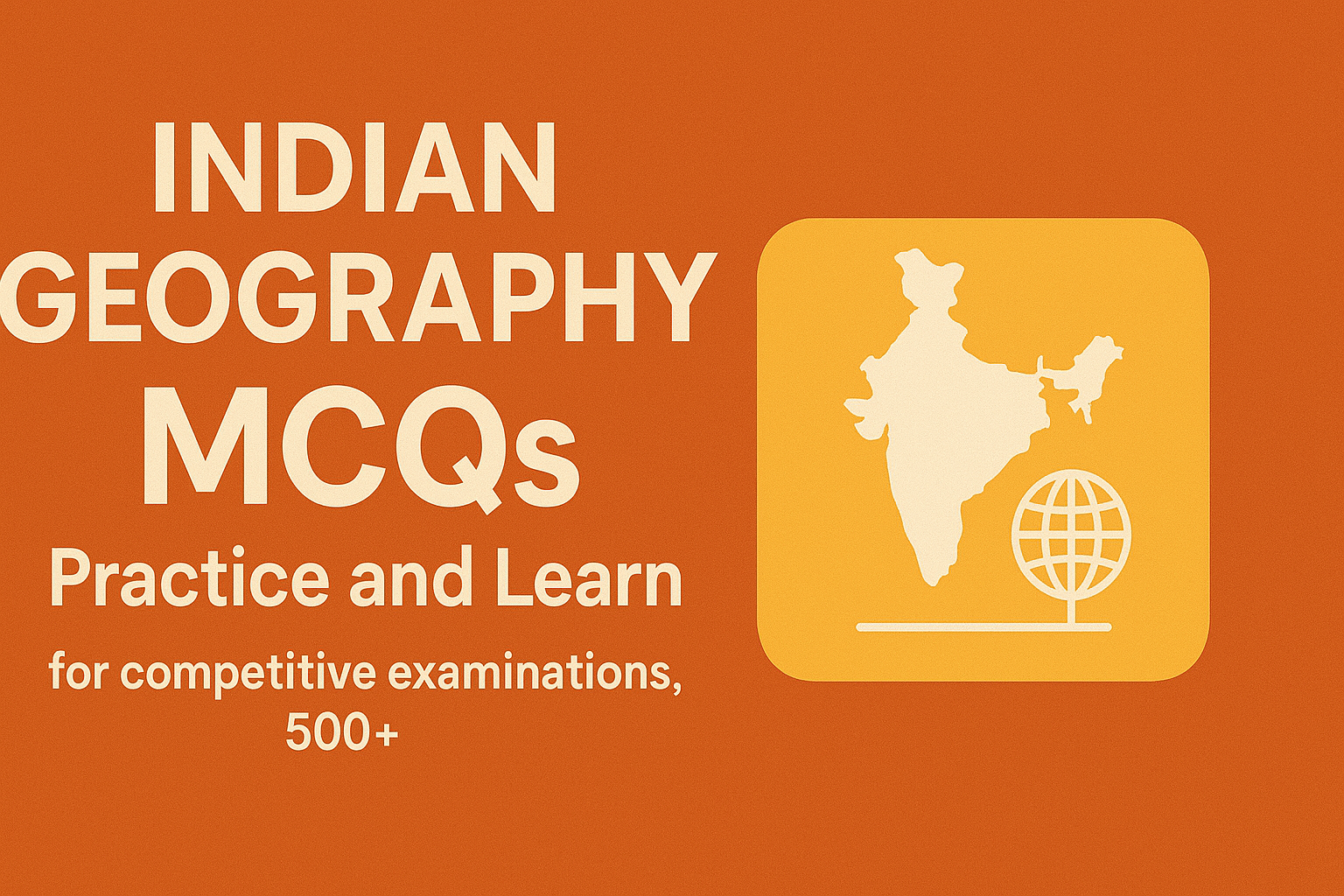
MCQ on Indian Geography
The northwestern region of the Deccan Plateau, covered by nearly horizontal sheets of lava, is known as what?
Which two major peninsular rivers flow westward through a rift valley and drain into the Arabian Sea?
The Western Ghats and Eastern Ghats meet at which hilly region?
What is the highest peak of the Peninsular Plateau?
Which is the oldest mountain range in India, running across Rajasthan from northeast to southwest?
Which pass connects Srinagar with Kargil and Leh and lies on the Zanskar Range?
The Pir Panjal, Dhauladhar, and Mahabharat mountain ranges are part of which division of the Himalayas?
The longitudinal valleys found between the Siwaliks (Outer Himalayas) and the Lesser Himalayas are known by what name in the eastern part?
What are the three major divisions of the Himalayas from north to south?
What are the youngest and highest fold mountain ranges in the world, formed by the tectonic collision of the Indian and Eurasian plates?
